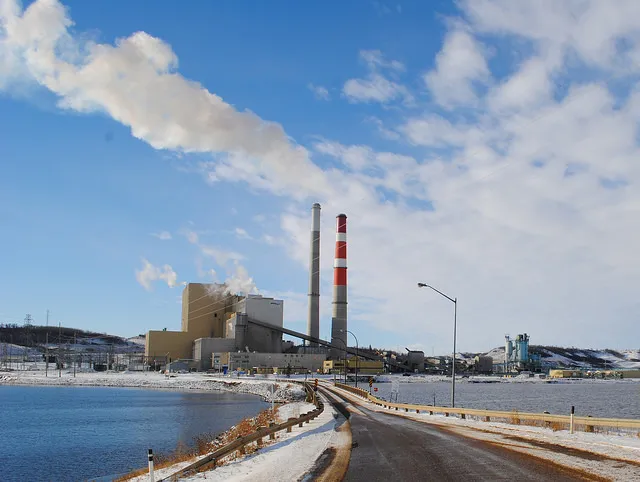Moving away from reliance on trade with America will not be easy for the Canadian economy given our deep ties. With the new goal of expanding trade with the European Union and other countries outside the United States, our government needs to consider all consequences and external factors as it positions itself as a strong trading partner. One crucial factor that could place Canada’s competitiveness at serious risk is the rollback of industrial carbon pricing.
As Saskatchewan eliminates its industrial carbon pricing (output based performance standard) and Alberta considers changes to its Technology Innovation and Emissions Reduction fund, both provinces seem to view scaling back industrial carbon pricing as a strategy to reduce costs and boost competitiveness. But this short-sighted approach risks creating further economic and trade challenges.
Rolling back provincial carbon policies without strengthening the federal backstop won’t make carbon costs disappear. Instead, those costs will be imposed externally by trading partners through mechanisms like the European Union’s Carbon Border Adjustment Mechanism (CBAM). While Canada’s federal Output-Based Pricing System serves as a backstop to any provincial repeal, in its current state, it is not stringent enough to exempt all Canadian exports from border carbon tariffs. So industry will still pay, but the money goes abroad—instead of funding important domestic initiatives.
The European Union’s CBAM is designed to protect European industries that pay industrial carbon prices from being undercut by cheaper, higher-carbon imports. Starting in 2026, sectors like cement, steel, aluminum, fertilizers, and hydrogen will face import levies based on their embedded emissions unless the exporting country has equivalent industrial carbon pricing or the producer has taken steps to reduce their emissions.
Other major economies are following suit. The United Kingdom is preparing to launch its own CBAM by 2027, and Japan is actively exploring carbon intensity-based trade measures. This signals a broader shift toward aligning trade policy with climate ambition where high-carbon imports will face growing scrutiny and costs.
For Canada, this presents a complex dilemma. Provincial governments can choose to reduce or repeal industrial carbon pricing systems, but international buyers will still account for carbon intensity.
Much of the CBAM conversation focuses on emissions from production processes, such as the carbon intensity of making steel or fertilizer. But there’s a less visible, equally important factor: emissions tied to the energy use of industrial facilities, warehouses, commercial spaces, and other infrastructure. These buildings contribute significantly to operating emissions and costs. Older, inefficient structures consume far more energy than necessary, increasing both utility bills and carbon footprints.
This challenge is amplified in provinces with carbon-intensive electricity grids, like Alberta and Saskatchewan. Even when manufacturers use low-carbon materials or efficient equipment, their overall emissions profile can remain high if their facilities run on fossil-fuel power. As carbon border policies increasingly consider electricity-related emissions (indirect emissions from the generation of purchased electricity), and embedded emissions in products, the source of industrial energy use is becoming a key factor in export competitiveness.
While the cost implications of carbon pricing have been a central focus in provinces, there has been less emphasis on pairing pricing with practical tools, such as retrofit programs, that enable industries to reduce their exposure and maximize the value of these pricing systems to compete internationally. Retrofitting industrial and commercial buildings is often viewed as a compliance cost. However, in a carbon-conscious economy, it is a competitive strategy. Well-designed retrofits can reduce both emissions and operating expenses while improving productivity and resilience. When combined with industrial pricing signals, retrofit incentives can send a clear message that this country is serious about decarbonization and economic opportunity.
Failing to embrace these transitions won’t just undermine climate goals, but it will also hinder the ability of Canadian industries to thrive in markets that now value carbon performance alongside price and quality. If policymakers want to support competitiveness, the solution isn’t to dismantle industrial carbon pricing. It’s to invest in practical solutions like retrofits that reduce emissions and costs simultaneously.
While North American markets—particularly the U.S.—may tolerate higher-carbon goods for now, global markets are moving quickly in the other direction. As Canada diversifies trade beyond the U.S. in an era of nation-building and focus on domestic security, lax carbon policies will increasingly limit market access where low-carbon performance is becoming a prerequisite, not an option.
Reducing emissions from industrial operations is no longer simply a moral imperative. It’s the smart and strategic business choice. Canadian governments should create the policy landscape to support it, not stall it.







